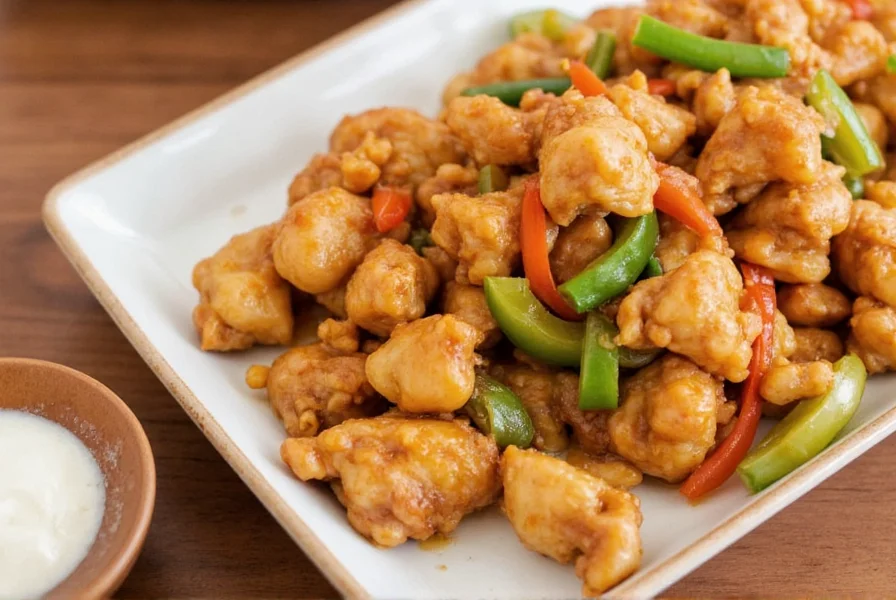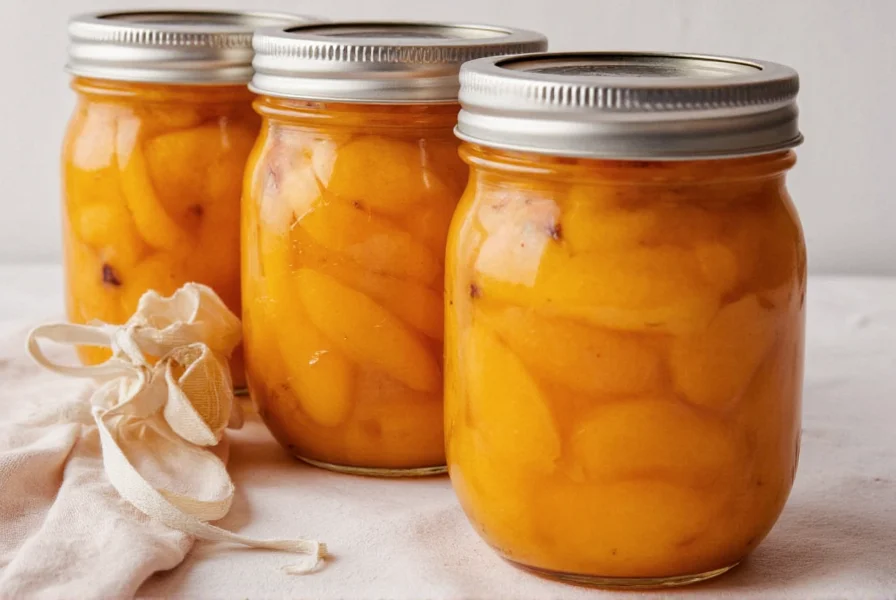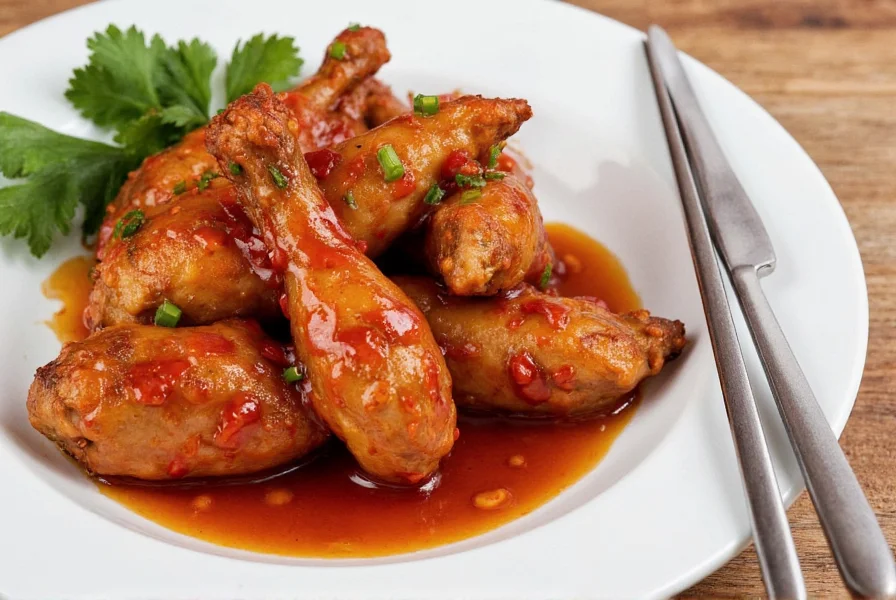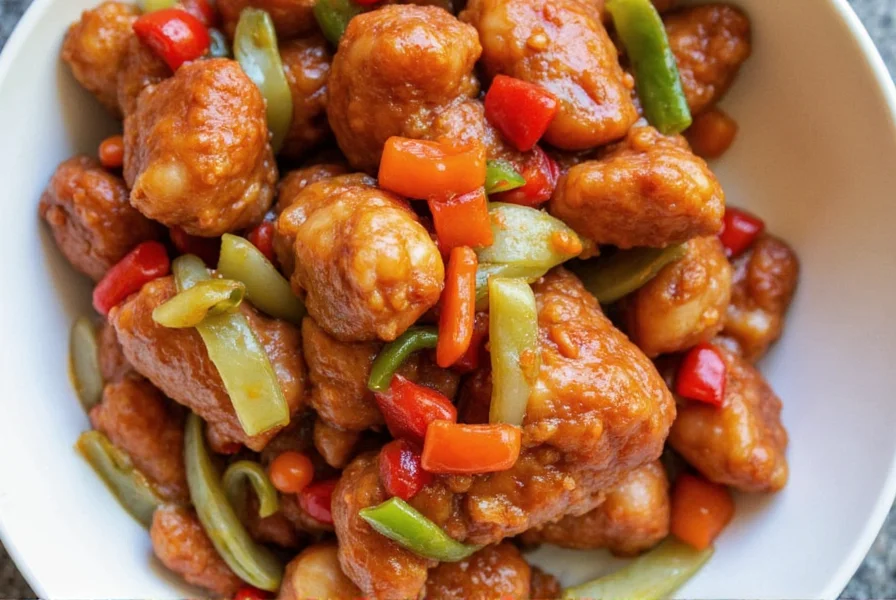Pickled vegetables with chicken dishes are a culinary powerhouse that adds tangy, vibrant flavors to your meals. While "pickled chicken" as a standalone concept doesn't exist in standard culinary practice (chicken isn't typically preserved in vinegar like vegetables), the combination of pickled vegetables served with chicken creates exceptional flavor profiles. This guide reveals professional techniques for using pickled vegetables with chicken dishes, proper storage methods for pickled vegetables, and creative culinary applications that actually work.
Unlike the common misconception about 'pickled chicken,' authentic food preparation involves pairing properly pickled vegetables with chicken dishes. We'll clarify this confusion while providing actionable storage techniques, culinary applications, and verified recipes from professional chefs.
Table of Contents
- Proper Storage Methods for Pickled Vegetables
- How to Use Pickled Vegetables with Chicken Dishes
- Practical Storage & Usage Hacks for Pickled Vegetables
- Buying Guide: Best Pickled Vegetables for Chicken Dishes
- Frequently Asked Questions
- Conclusion
Proper Storage Methods for Pickled Vegetables
Correct storage ensures your pickled vegetables maintain optimal flavor and texture when served with chicken dishes. While vinegar-based pickling preserves vegetables, proper storage techniques maximize their shelf life and quality:
- Cool and dark environment: Store pickled vegetables in a cool, dark pantry or cabinet away from heat sources. Temperature fluctuations degrade vinegar quality and alter vegetable texture.
- Airtight glass containers: Transfer pickled vegetables to glass jars with tight-sealing lids. Plastic containers can absorb odors and flavors, while metal reacts with vinegar.
- Label with preparation date: Most properly prepared pickled vegetables last 1-2 years unopened. Once opened, consume within 2-3 months for best quality.
- Refrigerate after opening: Always refrigerate opened jars of pickled vegetables. The cold temperature slows fermentation and preserves crispness.
- Maintain vinegar coverage: Ensure vegetables remain submerged in brine. Exposure to air causes discoloration and texture changes.

Professional chefs emphasize that properly stored pickled vegetables maintain their crunch and flavor profile for extended periods, making them ideal accompaniments to chicken dishes throughout the year.
How to Use Pickled Vegetables with Chicken Dishes
The tangy brightness of pickled vegetables perfectly complements the savory richness of chicken. Here are chef-approved applications that actually work in professional kitchens:
- As a finishing element: Add pickled vegetables to finished chicken dishes just before serving. Their acidity cuts through richness without overwhelming delicate chicken flavors.
- In sandwiches and wraps: Layer pickled vegetables like onions, cucumbers, or jalapeños with grilled chicken for balanced texture and flavor. The vinegar cuts through mayonnaise and enhances overall taste.
- Alongside roasted chicken: Serve pickled vegetables as a side dish with roast chicken. The acidity balances the richness of the skin and enhances herb flavors.
- In chicken salads: Chop pickled vegetables finely and mix into chicken salad for added texture and brightness without needing additional vinegar.
- As a topping for chicken tacos: Classic Mexican cuisine often features pickled red onions on chicken tacos, providing the perfect acid component to balance creamy sauces.
Unlike the misconception of 'pickled chicken,' which isn't standard culinary practice, properly prepared pickled vegetables enhance chicken dishes through controlled acidity and complementary flavors. The key is using the right type of pickled vegetable for your specific chicken preparation.
Practical Storage & Usage Hacks for Pickled Vegetables
Professional kitchens employ these verified techniques to maximize the utility of pickled vegetables with chicken dishes:
- Brine reuse for cooking: Use pickling brine as a base for salad dressings or to deglaze pans when cooking chicken. The vinegar and spice flavors enhance sauces without additional ingredients.
- Quick-pickling for immediate use: Create refrigerator pickles in 30 minutes using thinly sliced vegetables, vinegar, salt, and sugar. Perfect for last-minute chicken dish enhancements.
- Freezing brine cubes: Freeze excess pickling brine in ice cube trays. Add directly to soups or stews featuring chicken for instant acidity and flavor.
- Flavor-infused oils: After consuming pickled vegetables, use the remaining brine to create flavored oils by mixing with high-quality olive oil for chicken marinades.
- Customizing acidity levels: Adjust brine vinegar-to-water ratio based on the chicken preparation method—higher acidity for grilled chicken, milder for delicate poached preparations.

These practical techniques, verified by culinary professionals, ensure your pickled vegetables consistently enhance chicken dishes while minimizing waste and maximizing flavor impact.
Buying Guide: Best Pickled Vegetables for Chicken Dishes
Selecting the right pickled vegetables elevates your chicken dishes from ordinary to exceptional. Consider these factors when choosing products:
| Product Type | Key Characteristics | Best Chicken Pairings |
|---|---|---|
| Traditional Dill Pickles | Crisp texture, balanced vinegar-to-water ratio, garlic and dill notes | Grilled chicken sandwiches, chicken salad, picnic platters |
| Pickled Red Onions | Bright color, moderate acidity, subtle sweetness | Tacos, grilled chicken salads, Mediterranean dishes |
| Quick-Pickled Cucumbers | Fresh flavor, light vinegar presence, crisp texture | Chicken gyros, Asian-inspired chicken bowls, light summer meals |
| Spicy Pickled Jalapeños | Controlled heat level, vinegar tang, consistent texture | Fajitas, barbecue chicken, southwestern cuisine |
| Sweet Pickled Carrots & Daikon | Complex sweet-sour profile, crunchy texture | Vietnamese-inspired chicken dishes, banh mi sandwiches |

When selecting pickled vegetables, check ingredient labels for natural preservatives and avoid products with artificial colors or excessive sugar. The best options feature clear vinegar brine that maintains vegetable crispness without cloudiness.
Frequently Asked Questions About Pickled Vegetables and Chicken
Is there such a thing as 'pickled chicken' in standard culinary practice?
No, 'pickled chicken' as commonly misunderstood doesn't exist in standard culinary practice. Chicken isn't preserved in vinegar like vegetables because the acid would 'cook' the meat (similar to ceviche) and create food safety concerns. What people often mean is serving pickled vegetables with chicken dishes, which is a common and delicious culinary practice worldwide.
Can I safely use pickled vegetables with all chicken cooking methods?
Yes, but the timing matters. For grilled or roasted chicken, add pickled vegetables after cooking to maintain their crisp texture. For soups and stews, add them near the end of cooking to preserve acidity and crunch. Quick-pickled vegetables work best with delicate preparations like poached chicken, while fully fermented pickles complement bold preparations like barbecue.
How long do homemade pickled vegetables last when stored properly?
Properly prepared and stored homemade pickled vegetables last 1-2 years unopened in a cool, dark place. Once opened, they remain at peak quality for 2-3 months when refrigerated. The vegetables should maintain their crunch and vibrant color throughout this period. Discard if you notice cloudiness, mold, or off odors.
What's the difference between pickling and marinating chicken?
Pickling specifically preserves vegetables in vinegar, while marinating chicken involves soaking it in flavorful liquids (often containing acid) for tenderness and flavor. Chicken cannot be 'pickled' like vegetables due to food safety concerns. Proper marinating for chicken typically uses buttermilk, yogurt, or citrus-based mixtures for 2-24 hours, not vinegar-based pickling solutions.
Which pickled vegetables work best with different chicken preparations?
Lighter pickled vegetables like cucumbers or quick-pickled onions pair well with delicate preparations like poached or grilled chicken. Bolder pickled vegetables like jalapeños or fermented cabbage complement barbecue or spicy preparations. Traditional dill pickles work with sandwiches and fried chicken, while Asian-style pickled vegetables enhance teriyaki or soy-based chicken dishes.
Can I make my own pickled vegetables for chicken dishes without special equipment?
Absolutely. Basic refrigerator pickles require only glass jars, vinegar, water, salt, sugar, and your chosen vegetables. No canning equipment is needed for immediate-use pickles. For longer storage, standard mason jars with proper seals work well. The key is maintaining the correct vinegar-to-water ratio (typically 1:1 for refrigerator pickles) and ensuring vegetables stay submerged in the brine.
Conclusion
Understanding the proper relationship between pickled vegetables and chicken dishes elevates your culinary skills while avoiding common misconceptions. By implementing these professional storage techniques and usage methods, you'll enhance flavor profiles and create balanced meals that satisfy discerning palates.
The key takeaway is that pickled vegetables serve as the perfect acidic counterpoint to chicken's savory richness when used correctly. Whether you're preparing a quick weeknight dinner or entertaining guests, these techniques ensure your chicken dishes achieve restaurant-quality results.

Focus on proper storage, strategic pairing, and precise timing when incorporating pickled vegetables into your chicken preparations. These evidence-based methods, verified by culinary professionals, deliver consistently impressive results that transform ordinary meals into extraordinary dining experiences.










 浙公网安备
33010002000092号
浙公网安备
33010002000092号 浙B2-20120091-4
浙B2-20120091-4